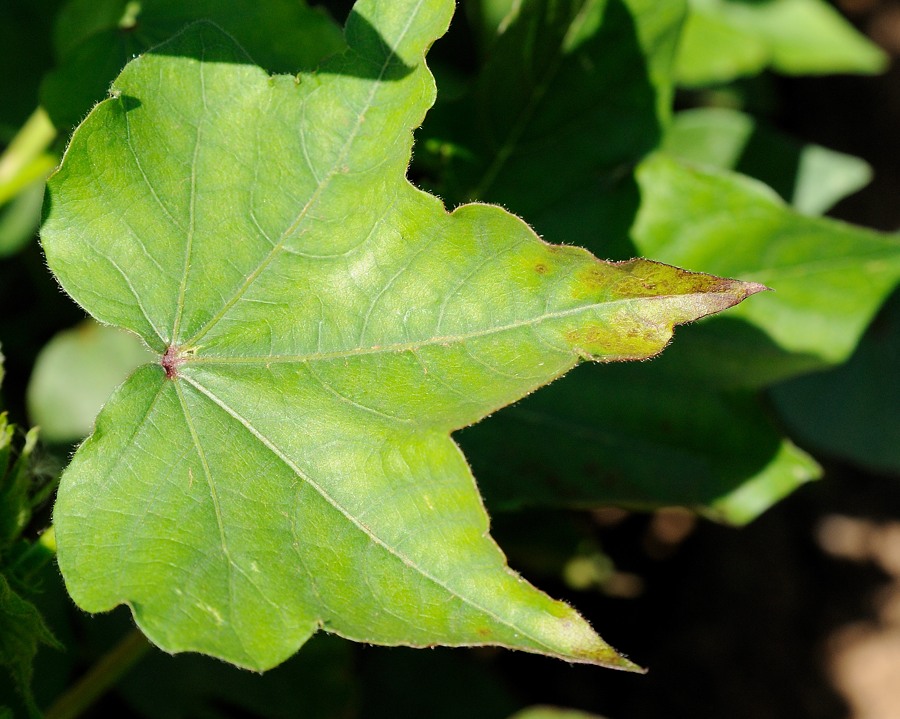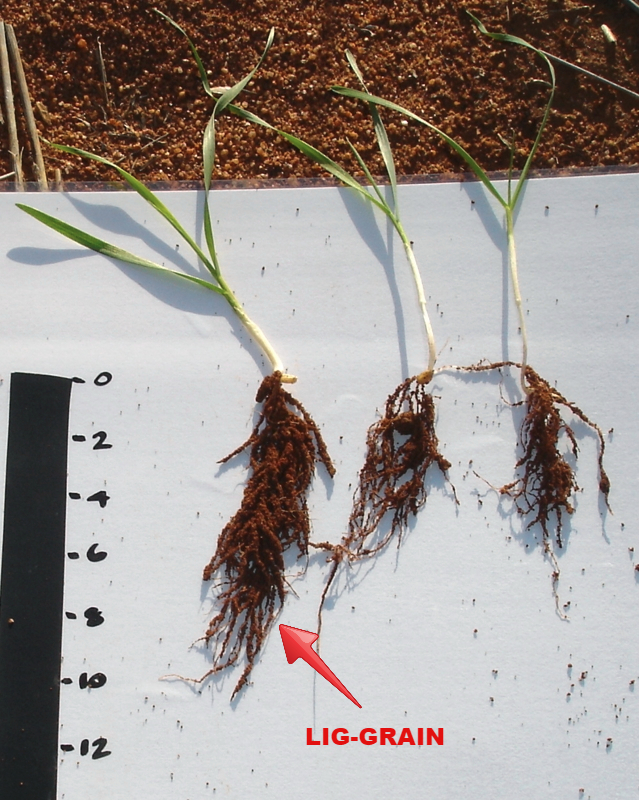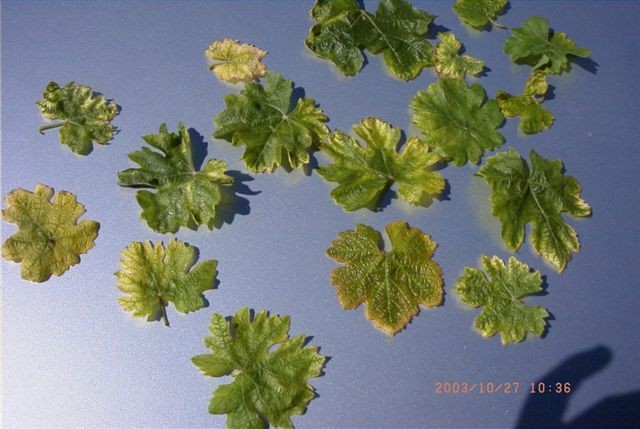The cotton season is in full swing so what nutrients should growers be looking at to maximise boll yield and quality? Well assuming major nutrient (NPK) inputs are adequate, growers should be looking to address any micro nutrient issues via foliar sprays. The most critical trace elements for cotton production that are likely to be low on many soil types are zinc and boron. If you are growing on alkaline soils, then iron, copper and manganese may also need to be addressed.
Zinc is the most limiting trace element in agricultural crops in Australia, and deficiencies are very common, particularly in the early growth period up to flowering. Zinc is essential for the production of the growth hormone auxin, and deficiencies lead to reduced vegetative growth as well as poor flowering and boll set. Boron is critical for flowering due to its role in pollen tube development & auxin regulation. It is also very important for fibre development so is required right through the growing period.
Foliar application of these nutrients is far more efficient than soil application, particularly in alkaline or high pH soils that tend to lock out trace elements & phosphorous. Also foliar sprays like LIG-ZINC + BORON can be easily applied via aeroplane if required. For maximum benefit it is important that zinc & boron are applied prior to flowering and usually first square is the optimal time to apply these nutrients. New products like Zn-COTT also offer the convenience of glyphosate compatibility without impacting weed kill.
In stress situations (eg. waterlogging) or where other trace elements are limiting SJB has a range of chelated foliar products (see below) to aid crop recovery or correct micro nutrient deficiencies. In cold soil conditions where development of young plants is restricted, foliar application of VLP can be used to stimulate crop growth.
Zinc deficiency in cotton – Interveinal chlorosis (yellowing) in the young leaves. Plants or leaves may also be stunted or small.

Products of interest for cotton production.
Slow or waterlogged crops
Check out our Cotton Foliar Program


